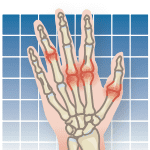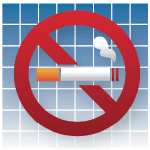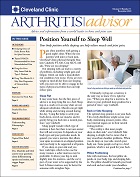Half of all women age 50 and older will fracture a bone due to osteoporosis at some time in their life, according to the U.S. Department of Health and Human Services. Most of these breaks will occur in the spine, hip, or wrist, and will often result in significant pain, at least some loss of independence, and possibly surgery. Because osteporosis is a "silent" disease, a fracture is often its first symptom. Are you at risk? A bone density test-a DXA (Dual Energy X-ray Absorptiometry) scan-measures the thickness of your bones and can tell if theyre becoming weak. "Every woman should have a bone density test done at age 65 and every man at age 70-earlier if the person has significant risk factors for osteoporosis such as already having had a fracture, a strong family history of fractures, low body weight, smoking, malnutrition, or liver disease," says Chad Deal, MD, director of Cleveland Clinics Center for Osteoporosis and Metabolic Bone Disease. The test yields a T-score, which is used to define normal bone mass, low bone mass (or osteopenia), and osteoporosis. New guidelines from the National Osteoporosis Foundation (NOF) state that anyone with a T-score at the hip or spine of -2.5 or less, or between -1 and -2.5 with significant risk factors, should be treated for osteoporosis, Dr. Deal explains. Which drug your doctor or rheumatologist prescribes for you depends on several factors, including your age, sex, fracture risk, and any other medical conditions. You have a number of choices, but all of them carry risks as well as benefits, Dr. Deal cautions.
To continue reading this article or issue you must be a paid subscriber.
Sign in






























